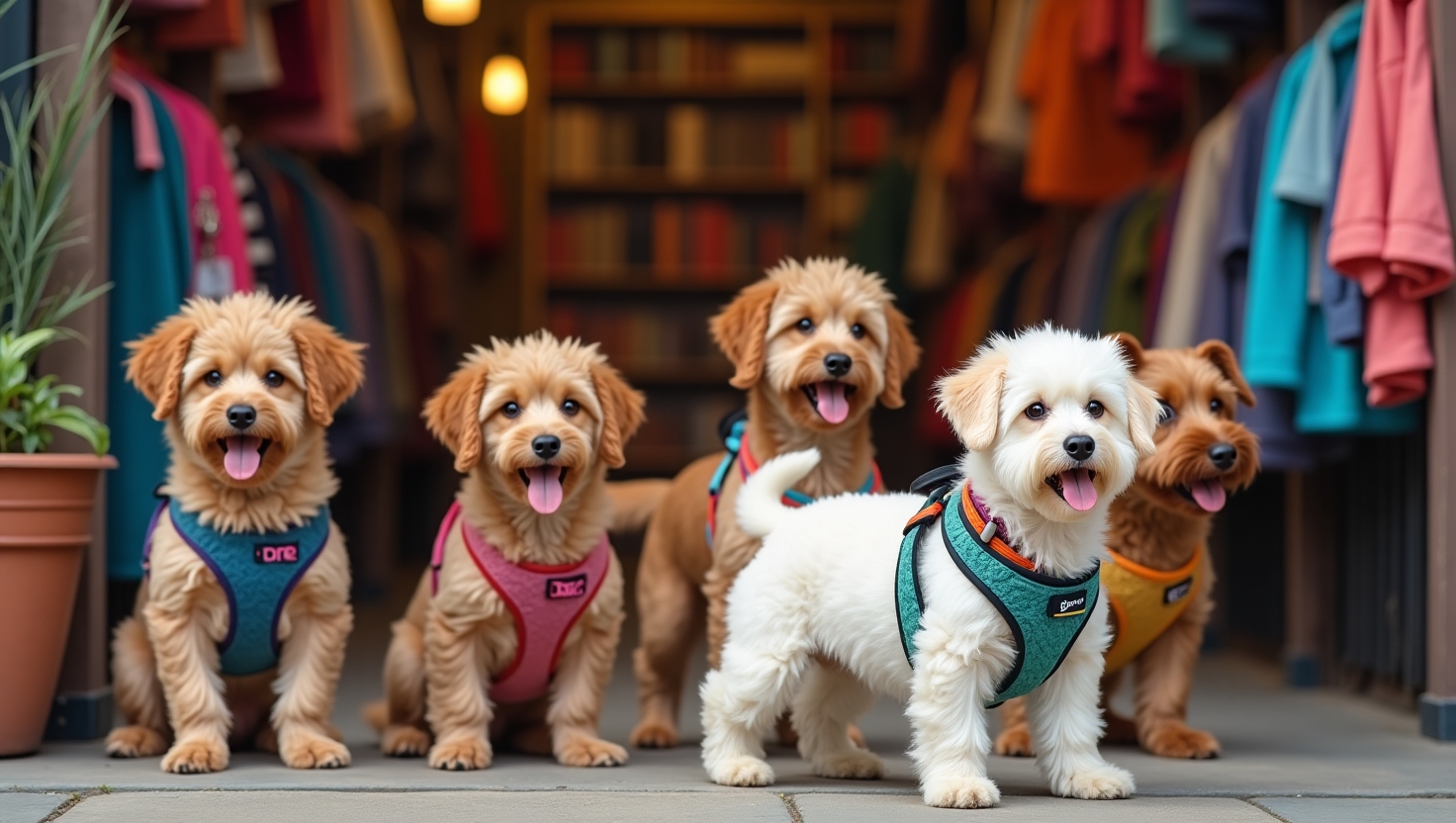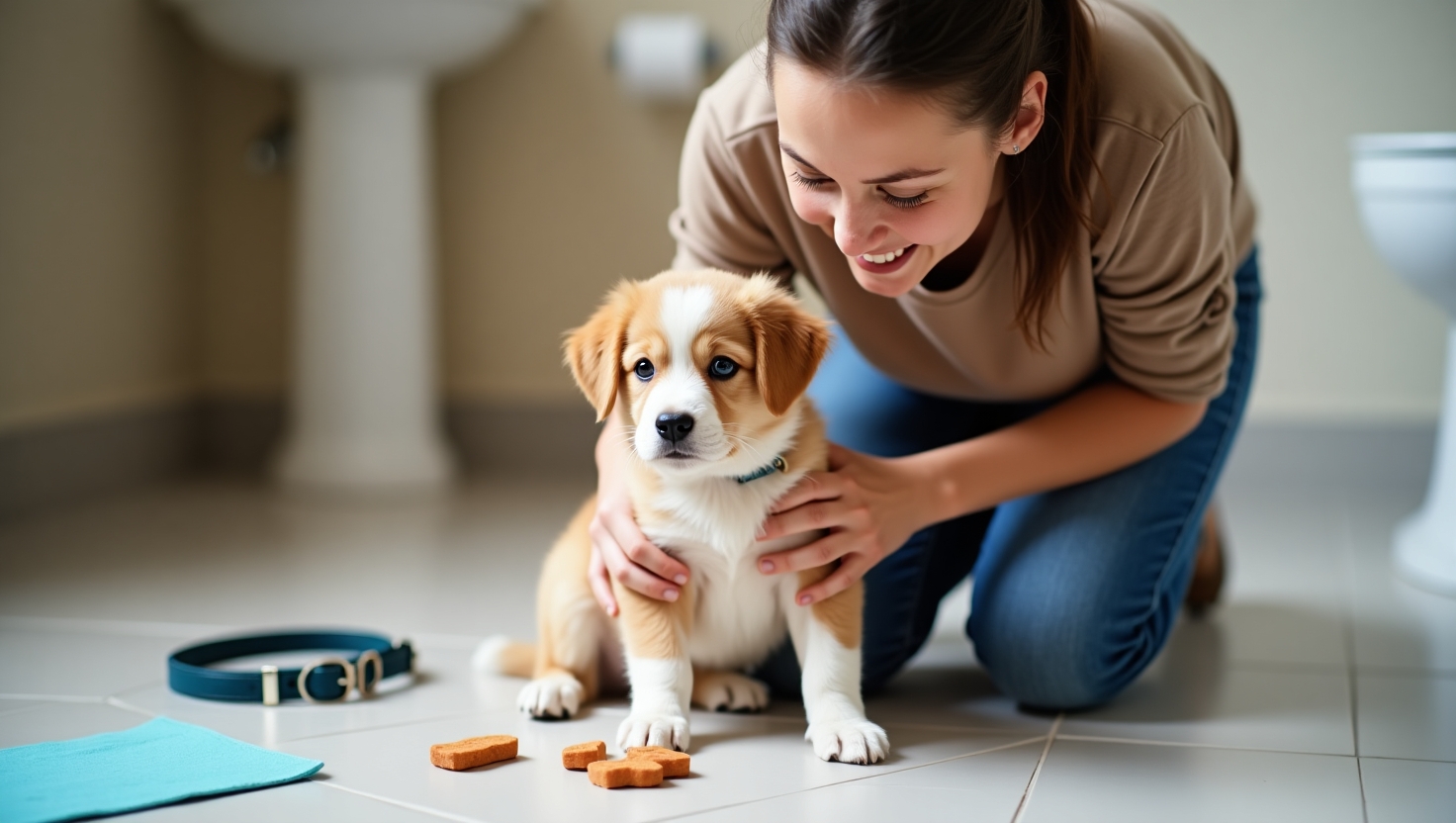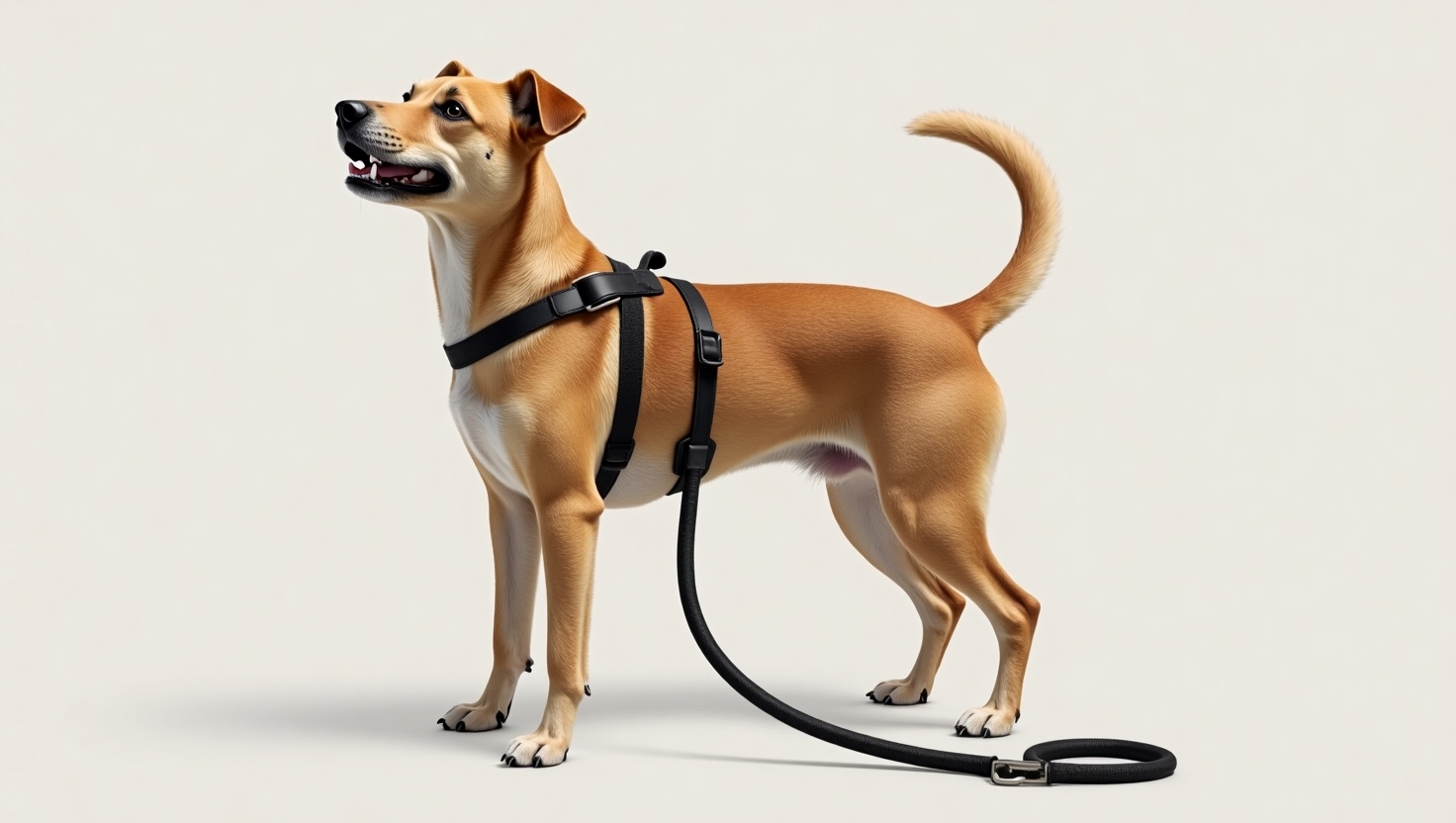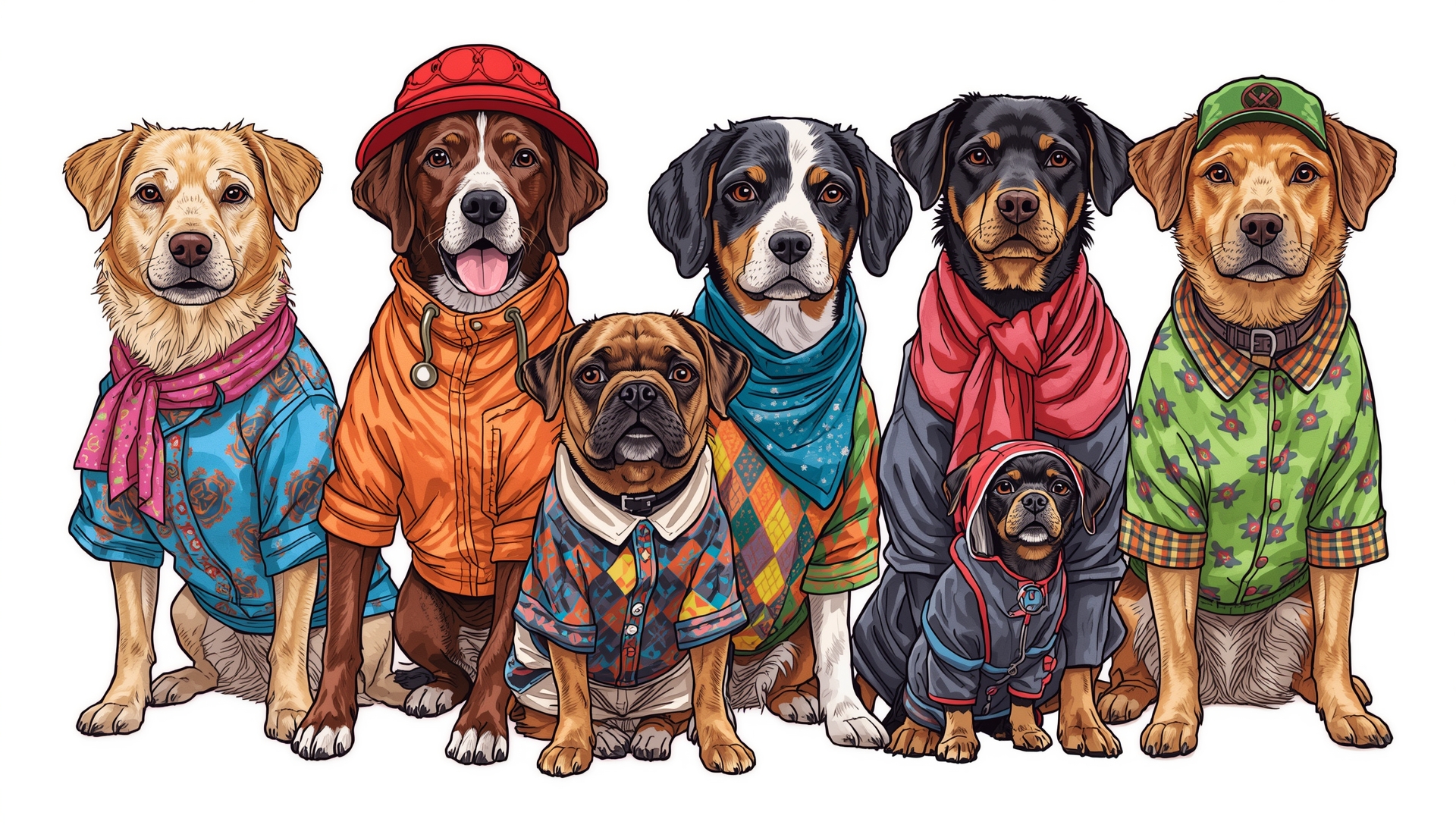Introduction:
G’day Aussie dog owners can appreciate how the pull your dog exerts leaves you out of balance, your arms straining, and your heart swearing, “There must be an easier way!” Come body leashes for dogs, also known as harness leashes or no-pull harnesses. They transfer pressure from the neck, resulting in a more comfortable, safer walk for you and your dog.
In this post, we’ll explore why body harness leashes are gaining popularity in Australia, what benefits they offer over collars, how to find the right fit, and tips to make your walks smooth and joyful.

Why Aussies Are Turning to Body Leashes for Dogs
Australia is experiencing an increasing awareness for dog comfort and safety, especially for small dogs, brachycephalics (think Bulldogs, Pugs), or pulling puppies. Vets and pet professionals increasingly recommend body leashes for dogs because they offer gentle control and lower risk of injury. Especially with urban dogs fighting through crowded sidewalks and harsh sun, comfort and control are crucial.
What Exactly Is a Body Leash for Dogs?
A body leash is a leash attached to a harness that encircles the chest and body (as opposed to the neck). It’s also known as a dog harness leash, no-pull harness leash, or body harness leash. The aim is to distribute pressure evenly across the front and shoulders, no choke, no strain, no drama.
Top Benefits of Choosing a Body Leash for Dogs
A body leash for dogs offers more control and less stress on your pet’s neck, which makes walking safer and more comfortable. It is especially recommended for high-energy dogs or puppies adjusting to walking on a lead. Body leashes are the preferred choice of many Aussie dog owners to allow for a healthier, stress-free walk.
Neck Safety & Comfort
Unlike collars that concentrate force on the throat, a body harness leash shields delicate neck structures, a must for leash-pullers and dogs with tracheal or respiratory sensitivities.
Improved Control & Training
Harness leads prevent dogs from slipping out and discourage pulling behavior through smarter pressure distribution. You’ll feel the difference in control and so does your pup.
Best for Sensitive or Wrinkled Breeds
Flat-faced dogs or sensitive-neck dogs specifically benefit from a harness leash because it prevents neck compression and allows for freer breathing.
Assistants for Elderly or Injured Dogs
Some harness leashes even come with handles so owners can lift or assist mobility-impaired dogs with less discomfort.

Choosing the Right Body Leash for Dogs in Australia
Here’s a simple guide to picking the right body harness leash:
| Consideration | What to Look For |
| Comfort & Fit | Adjustable straps that sit snugly one finger should fit snugly. |
| Front Clip vs Back Clip | Front clips discourage pulling, while back clips offer traditional walking style. |
| Material & Climate | Breathable, quick-dry fabrics suit Australia’s humid and hot climate. |
| Visibility | Reflective strips help during early morning or evening walks. |
| Durability | Outdoor Aussie conditions need sturdy buckles and seams. |
Authentic Aussie Insights
One of the individuals would post on Reddit in an Aussie Shepherd group:
“I use the Ruffwear Flagline harness for walks and hikes. It’s light, adjustable, and completely accommodates my dog’s athletic frame.”
This is the new trend: Aussies want harness leashes that both keep pace with their active lifestyle and their pup’s unique physique.
How to Fit a Body Leash for Dogs Correctly
- Make your dog wear it within the house with no leash attached for a few minutes to acclimatize.
- Ensure no straps chafe or restrict movement; the chest strap must be worn over the elbow.
- On pulling gently, the harness must not cut in or get into a position that’s uncomfortable.
- Check fit regularly as dogs grow, shed, or develop coat fluff, especially during our temperate seasons.
Avoid These Avoidable Missteps
- Choosing a too-loose harness that your dog can wriggle out of.
- Harnesses made of heavy, non-breathable materials that trap heat.
- Reliance solely on harnesses without training recall, behavior is as crucial as equipment.
- Separating retractable leads from harnesses increases accident risks in Australia.
Bringing It All Together
Switching to a body leash for dogs is all about respect for happiness and security. Whether patrolling Brisbane streets or hiking Victorian trails, a harness leash keeps your dog happy, injury-free, and walking straight. Add training, patience, and frequent leash check-ins and every walk becomes a win-win.
Check this: Dog Day Care: Your Aussie Dog’s Day Out
FAQ: Body Leashes for Dogs in Australia
Q1: Are harness leashes better than collars?
Yes redirects the neck pressure to the shoulders and chest, reducing the risk of damage, especially for pullers or sensitive types.
Q2: My dog is still slipping out of the harness now?
Use a front-clip or belly and chest straps that are adjustable. It’s also a sign the harness needs snug but not tight fit.
Q3: Is a body leash appropriate for small breeds?
Yes! Body harness leashes prevent choking and provide more control for little puppies, whose throats will be fragile.
Q4: Is there any safety issue with retractable leads?
Yes, they’re linked with entanglement injuries. Most Aussie animal welfare groups advise avoiding them especially with rescuable harness configurations.
Q5: How does a front-clip harness help with pulling?
Front clips redirect pulling force onto the body, making the dog turn around to face you, rendering pulling inefficient.







